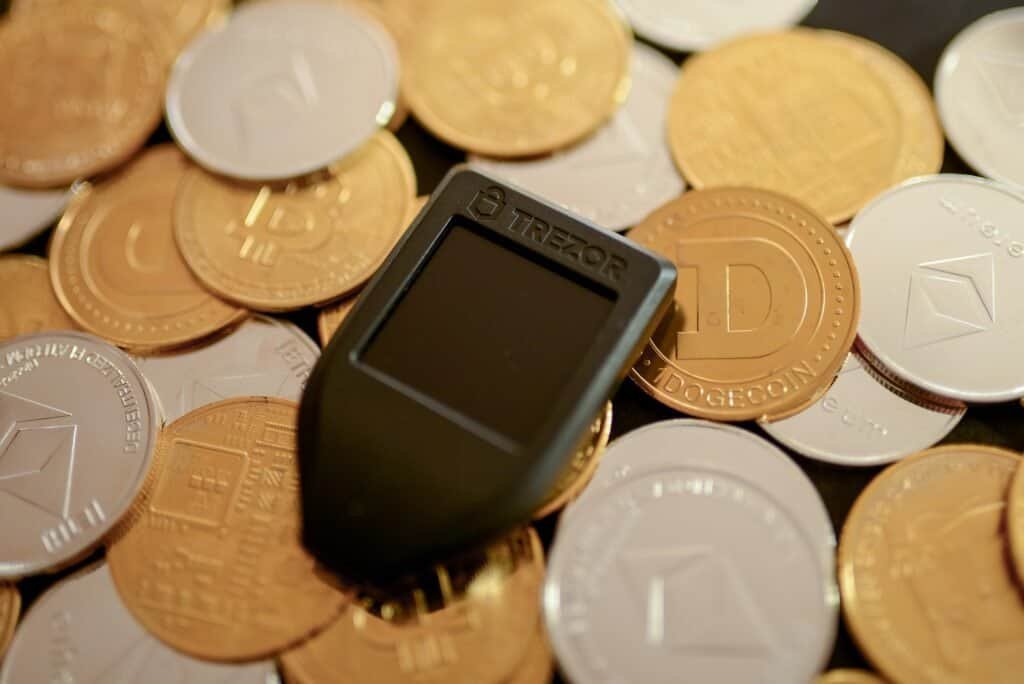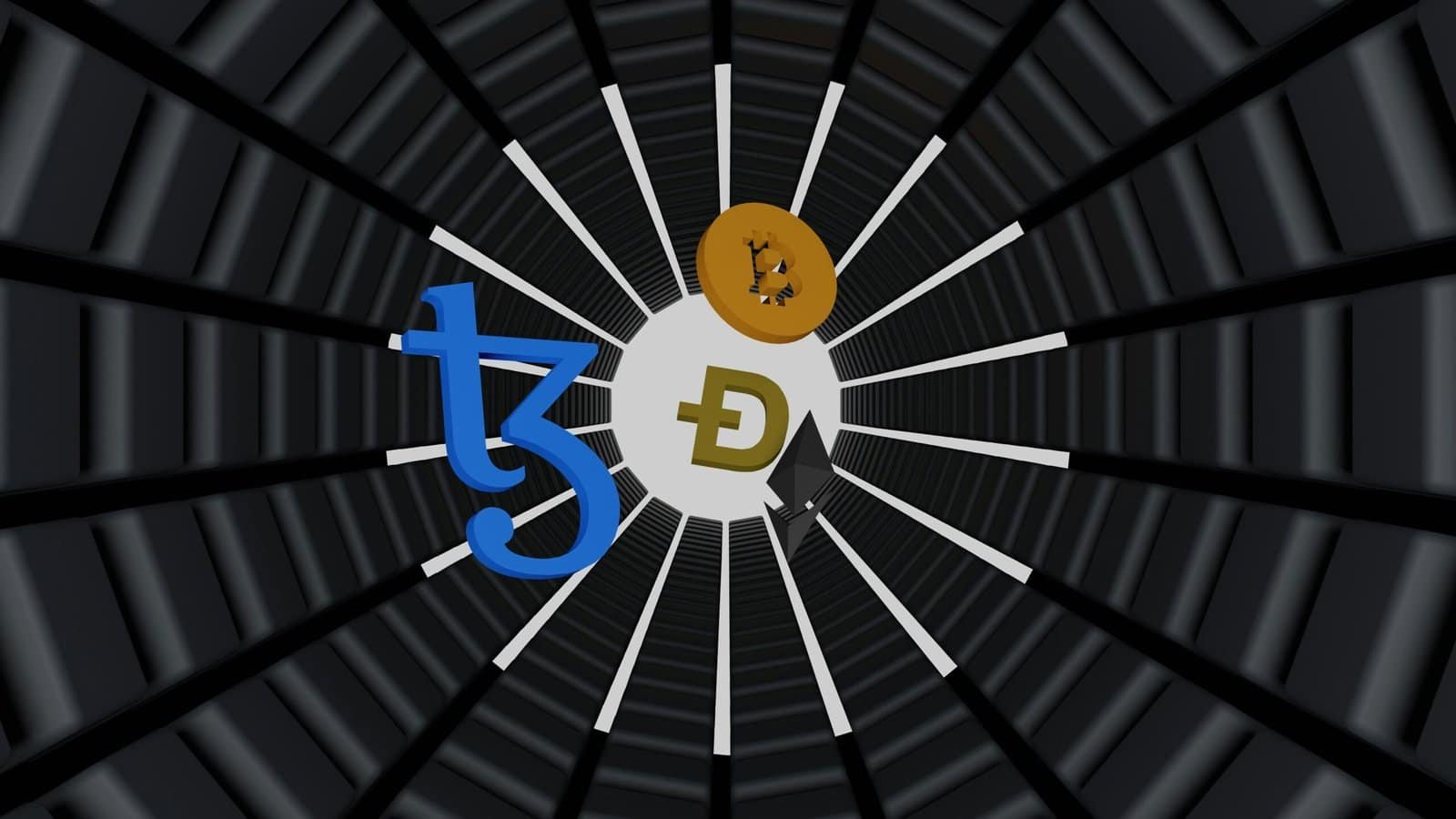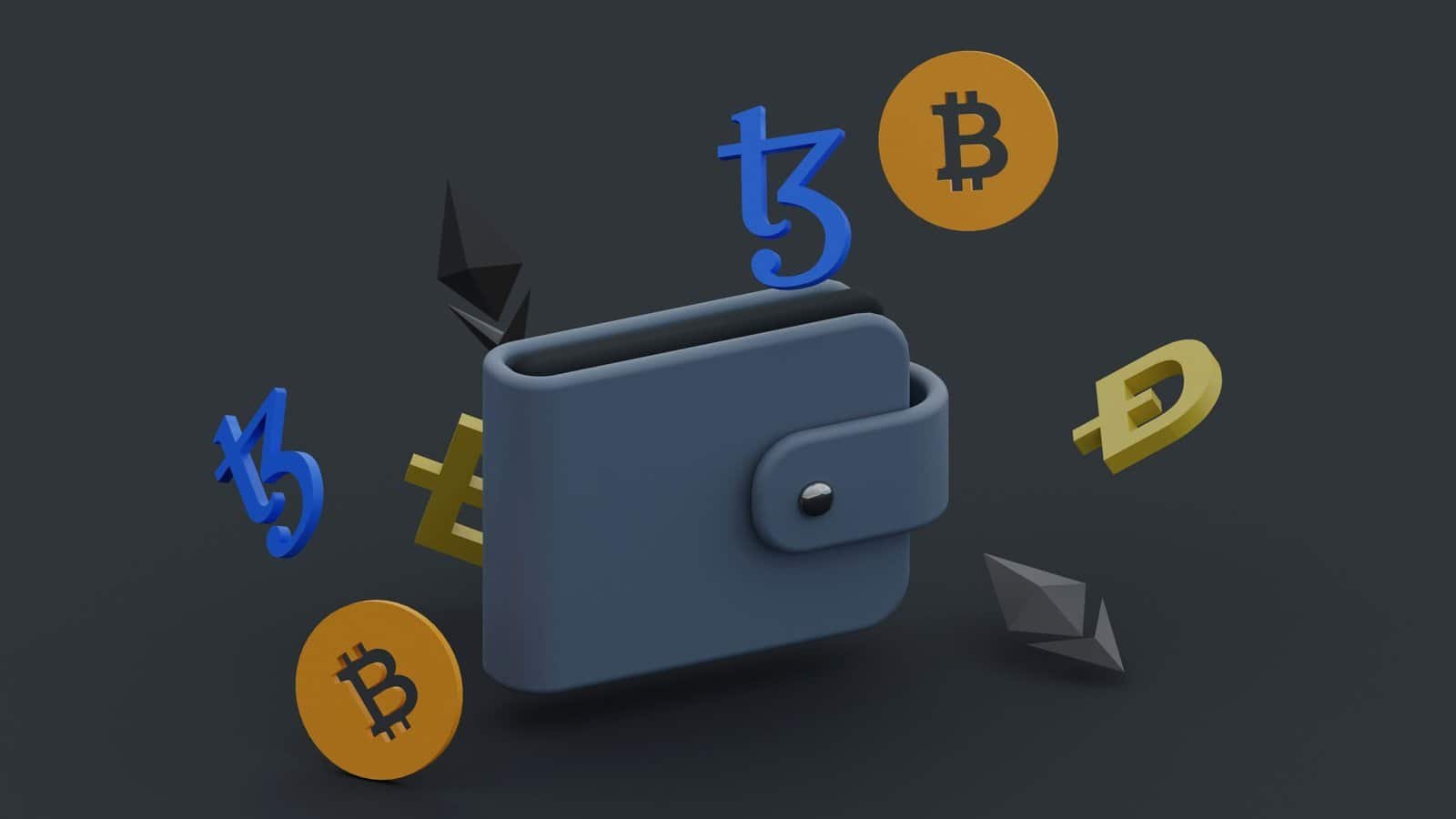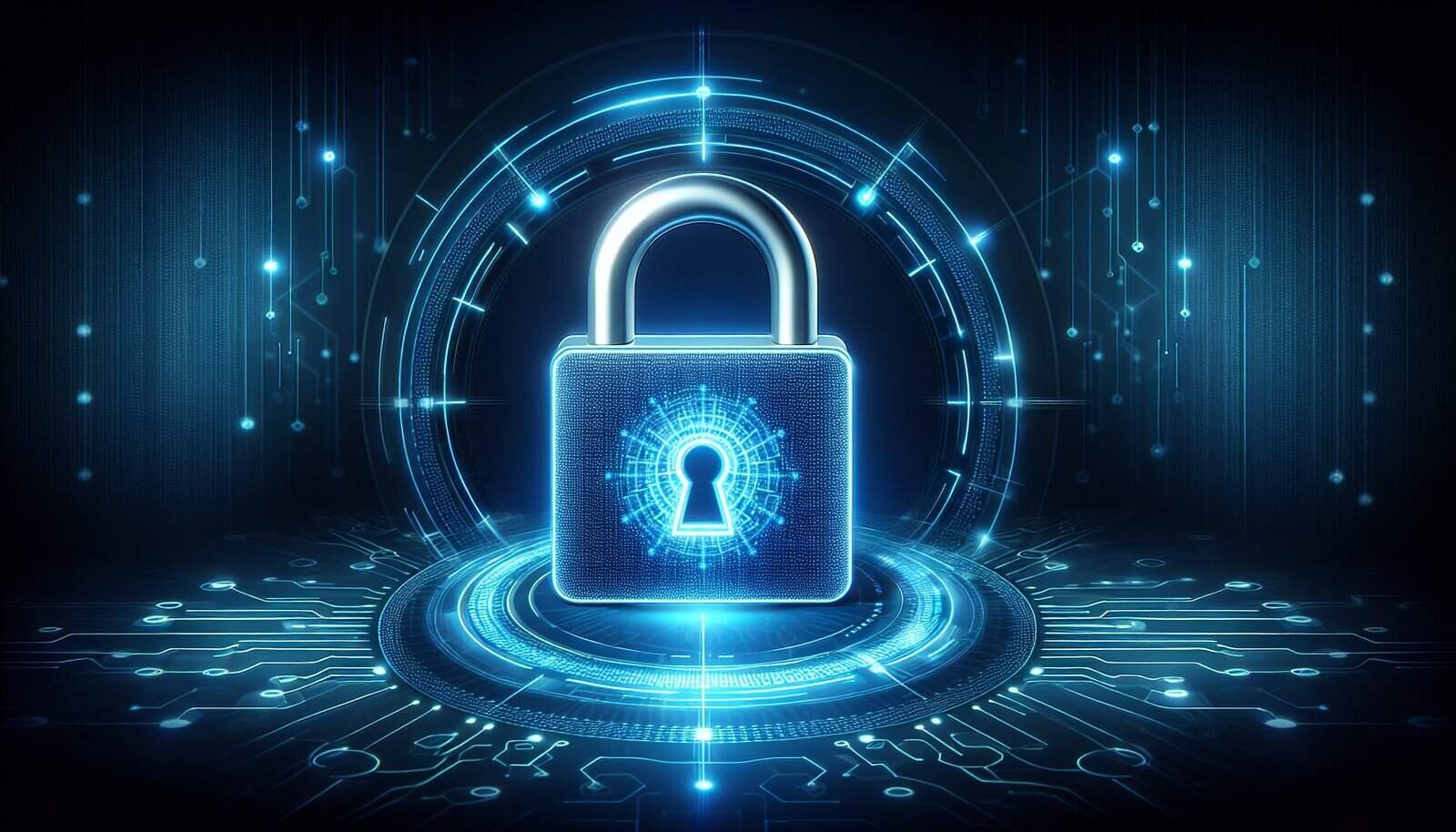Have you ever wondered how to secure your crypto wallet with multi-factor authentication? As digital currencies gain popularity, ensuring your investments are safe becomes a top priority. While the digital currency world offers exciting opportunities, it also comes with significant risks of fraud and cybercrimes. One effective way to protect your crypto assets from potential threats is by employing multi-factor authentication (MFA).
Understanding the Basics of Crypto Wallet Security
Before diving into the specifics of multi-factor authentication, it’s essential to grasp the fundamentals of crypto wallet security. A crypto wallet is like your bank account for digital currencies, providing a platform to store, manage, and transact with various cryptocurrencies. Securing this wallet is crucial, much like you’d secure a physical wallet or bank account.
The Importance of Securing Your Crypto Wallet
The digital world presents vulnerabilities that cybercriminals often exploit. With large amounts of money stored in crypto wallets, they become a relatively lucrative target. Ensuring your wallet is secure not only protects your assets from theft but also fosters peace of mind, knowing your investments are well-guarded.
Types of Crypto Wallets
- Hardware Wallets: Physical devices that store private keys offline.
- Software Wallets: Applications or software that manage your private keys online.
- Paper Wallets: Physical paper with printed keys.
- Web Wallets: Online platforms that store your keys on the cloud.
Each type has its own pros and cons, and choosing the right one depends on your individual needs and how frequently you trade.
What is Multi-Factor Authentication?
Multi-factor authentication involves verifying your identity using multiple distinct elements. It is a security system that requires more than one form of identification to grant access to a resource, enhancing security by adding layers that potential attackers must overcome.
How Multi-Factor Authentication Works
MFA typically involves three types of information:
- Something you know: Passwords or PINs.
- Something you have: Physical tokens or a phone.
- Something you are: Biometrics like fingerprints or facial recognition.
These layers significantly reduce the risk of unauthorized access, as a malicious actor would need multiple pieces of information from these categories to gain entry.
Benefits of Using Multi-Factor Authentication
Utilizing MFA guards against a broad range of common cyber threats, from phishing attacks to password breaches. Its layered security provides a vital line of defense that is difficult for hackers to penetrate, significantly enhancing your wallet’s security.

Setting Up Multi-Factor Authentication for Your Crypto Wallet
Implementing MFA for your crypto wallet is a comprehensive process that might differ slightly based on the wallet type you are using.
Step 1: Choose the Right Wallet
For optimal security, select a crypto wallet that offers MFA as an option. Not all wallets provide this feature, so you’ll want to research accordingly or migrate to a wallet that supports MFA.
Step 2: Enable Two-Factor Authentication (2FA)
While MFA encompasses various factors, 2FA is its most common implementation. Navigate to your wallet’s security settings and enable 2FA, which often involves downloading an authentication app like Google Authenticator or Authy, and connecting it to your wallet.
Step 3: Secure Your Recovery Information
Ensure you securely store the recovery keys or backup codes provided when setting up your MFA. These are vital for accessing your account if you lose access.
Step 4: Test Your Setup
Perform a test login to confirm that your MFA is correctly configured. This will involve signing out of your account and attempting to sign back in to ensure the verification codes sent by your authentication app work as expected.
Multi-Factor Authentication Methods: An Overview
Understanding the different methods available for MFA can help you determine the best combination for your security requirements.
Authentication Apps
Authentication apps like Google Authenticator or Authy generate time-based codes for secure logins. They are often free and don’t rely on an internet connection once set up, making them a popular choice for crypto wallets.
SMS-based Verification
While relatively common, SMS verification is generally less secure than authentication apps due to vulnerabilities like SIM swapping. Consider pairing it with another method for added security.
Physical Security Keys
Devices such as YubiKey provide robust security as they physically connect to your device during login. While highly secure due to their physical presence, managing them can be cumbersome.
Biometric Verification
Using fingerprints or facial recognition is increasingly common due to modern device capabilities. Biometric verification offers a highly secure form of authentication, as biometric data is unique to each user.

Potential Challenges with Multi-Factor Authentication
While MFA enhances your crypto wallet security, it’s not without its challenges. Understanding these can help in planning and overcoming them effectively.
High Complexity and User Resistance
The need for multiple authentication methods can be complex and may result in frustration if not streamlined. Encourage familiarity and ease by thoroughly testing your setup.
Dependency on Devices
MFA often requires a secondary device for authentication, posing a challenge if that device is lost, broken, or stolen. Balancing convenience and security is crucial.
Potential Lockout Situations
If you misplace your authentication device or backup codes, you may face difficulties accessing your wallet. To mitigate this, always have a backup plan, such as securely storing backup codes.
Tips for Enhancing Crypto Wallet Security
Beyond MFA, several other practices can further bolster your crypto wallet’s security.
Regular Software Updates
Frequently updating your wallet and associated software ensures you’re protected with the latest security patches and features. Keeping everything up-to-date is a simple yet effective way to improve security.
Strong Password Habits
Create complex, unique passwords for your wallet and change them regularly. Avoid using easily guessed information and opt for password managers to keep track of your credentials securely.
Secure and Private Internet Connection
Always connect from a secure, private network when accessing your crypto wallet. Avoid public Wi-Fi, which poses a serious threat due to its lack of encryption.
Monitor Account Activity
Stay aware of any unfamiliar activity or transactions. Regularly review your account logs to catch and address any suspicious actions early on.

How Multi-Factor Authentication Prevents Unauthorized Access
MFA acts as a formidable line of defense against unauthorized access by requiring several proofs of identity, rendering the task exponentially challenging for hackers.
Blocking Brute Force Attacks
In a brute force attack scenario, where attackers attempt numerous combinations of passwords, MFA mitigates risks by adding additional verification layers beyond standard credentials.
Guarding Against Phishing Attempts
Phishing scams manipulate users into divulging credentials, but MFA thwarts such attempts by requiring multiple forms of identity verification, preventing unauthorized access even if passwords are compromised.
SIM Swapping Vulnerabilities
MFA is particularly useful in reducing risks associated with SIM swapping by employing authentication methods beyond SMS-based verification.
Future Trends in Multi-Factor Authentication
As technology advances, so will methods for securing your digital assets, and staying informed about future trends can help prepare you for changes on the horizon.
Biometric Advancements
With continuous improvements in biometric technology, expect even more secure and reliable methods for identity verification, such as voice recognition or advanced facial mapping.
Behavioral Analytics
Innovations in behavioral analytics may eventually provide additional authentication layers by analyzing user activity patterns to detect anomalies, further enhancing security without increasing user burden.
Quantum Cryptography
Keep an eye on quantum cryptography, which may vastly change the landscape of digital security with revolutionary encryption techniques, influencing future MFA mechanisms.

Conclusion
Securing your crypto wallet with multi-factor authentication is a smart, proactive measure to protect your digital investments from unauthorized access and cyber threats. By understanding the components of MFA, setting it up correctly, and staying vigilant, you can enhance the security of your assets considerably.
Although MFA implementation might appear complex at first glance, taking these steps ensures your peace of mind and financial security. You aren’t just adding security measures—you’re fortifying the future of your digital wealth.
Remember, in the ever-evolving world of digital currencies, staying informed, and proactive is your best defense against potential threats.
